Wrist Bursitis Treatment
Dr. Pamela Mehta MD
Hand Surgeon in San Jose

Dr. Pamela Mehta is an experienced hand & wrist surgeon renowned for her expertise in sports injuries and joint arthritis. She is the founder of Resilience Orthopedics.
With an impressive career and training under leading innovators, she has served as Chief of Orthopedics and National Orthopedic Director for a major orthopedic hospitalist group and advises several publicly traded companies.

Table of Contents
What is Wrist Bursitis?
In the morning, as you prepare to enjoy your first cup of coffee, you might experience an unexpected and sharp pain in your wrist.
This discomfort could be an indication of wrist bursitis, a condition that complicates simple daily activities, placing limitations on what you can do. This can be both challenging and frustrating.
But what exactly is wrist bursitis? Picture two small pillow-like structures, called bursa, nestled in your wrist. One, the ulnar bursa, protects the tendons for your fingers, from index to ring finger. The other, the radial bursa, is all about the thumb tendon.
Together, these bursa help to ensure everything moves smoothly when moving your fingers and thumb.
Together, these bursa help to ensure everything moves smoothly when moving your fingers and thumb.
However, when these bursa get inflamed (hello, bursitis!), every wrist movement feels like a tiny rebellion.
Curious about how to ease wrist bursitis and regain your comfort?
Here’s the basics:
- Rest your wrist and avoid aggravating movements.
- Apply ice or a warm compress to reduce swelling and pain.
- Engage in gentle stretching and strengthening exercises.
- Use a wrist brace or support for extra stability.
- Consider over-the-counter pain relief if necessary.
In this article, we’ll dive deeper into these strategies to help you find relief from wrist bursitis.
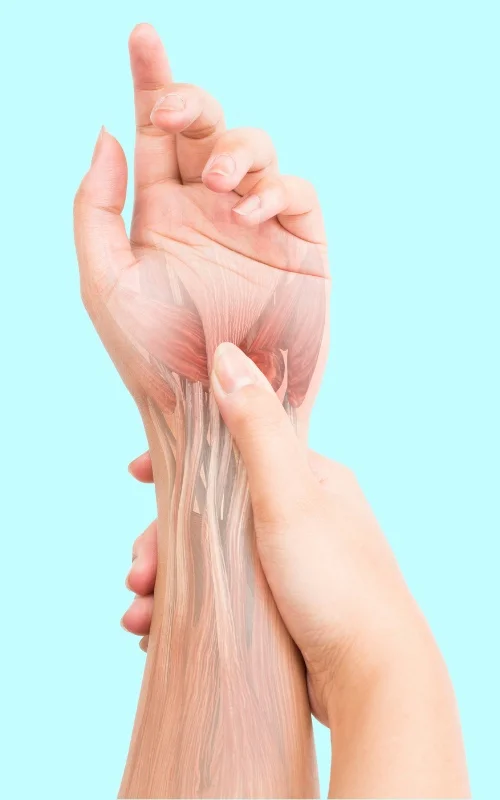
Book a Consultation with Dr. Pamela Mehta, MD
The Best Orthopedic Surgeon in San Jose
Dr. Mehta is a board-certified orthopedic surgeon who can help you recover from your joint condition.
We can help if you:
- Are Suffering From Pain and Mobility Issues
- Need Orthopedic Assessment and Advice
- Want Treatment From a Top Orthopedic Doctor
Call On 408-559-3888
or Send a Message
Wrist Bursitis Symptoms
Wrist bursitis typically presents with a range of symptoms that can vary in intensity. These signs help in identifying the condition and distinguishing it from other wrist-related issues.
Here are the key symptoms to be aware of:
-
Swelling or Lumps
One of the most common indicators is a noticeable swelling or a small lump around the wrist area. This can sometimes be visible to the naked eye or felt when touching the wrist. -
Pain
Experiencing pain, especially when moving the wrist or applying pressure, is a significant symptom. This pain may range from mild to severe and can intensify during certain activities or movements. -
Stiffness
A feeling of stiffness in the wrist, making it difficult to perform usual movements like twisting, turning, or bending the wrist. -
Tenderness
The affected area may be tender to the touch, with even light pressure causing discomfort. -
Redness or Warmth
The skin over the affected bursa may appear red or feel warm, indicating inflammation. -
Reduced Range of Motion
You might find it harder to move your wrist as freely as usual, with a reduced range of motion due to the discomfort or swelling. -
Pain that Worsens with Activity
Activities that involve repetitive wrist motion or put pressure on the wrist can exacerbate the pain and other symptoms.
It’s important to note that symptoms may develop gradually or appear suddenly, depending on the cause of the bursitis.
If you experience these symptoms, particularly if they persist or worsen, it’s advisable to seek medical attention for a proper diagnosis and appropriate treatment plan.
Diagnosing Wrist Bursitis
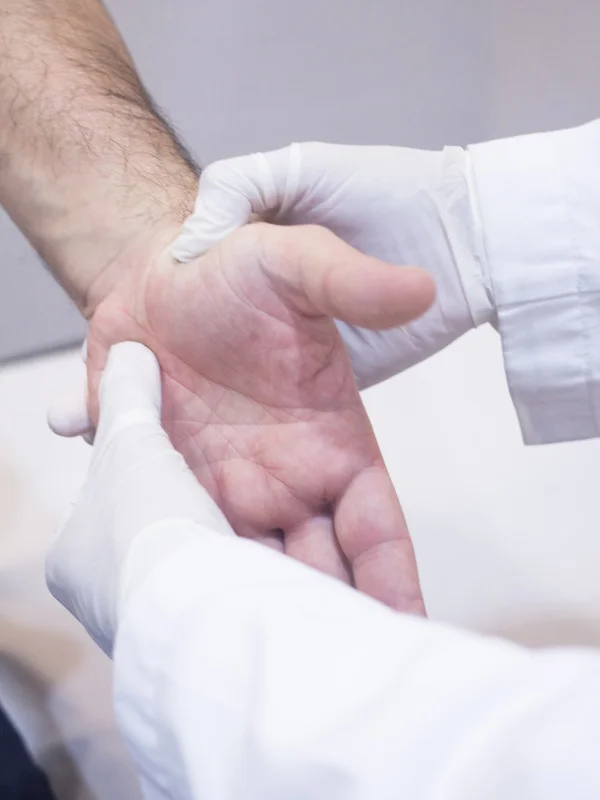
- Medical History Review: Your hand doctor will start by discussing your medical history, focusing on any previous wrist injuries or conditions, and your current symptoms.
- Physical Examination: A detailed physical examination of your wrist is conducted. This includes assessing the area for swelling, tenderness, redness, and warmth. The doctor will also evaluate your wrist's range of motion and strength.
- Pain Assessment:You'll be asked to describe the pain - its intensity, frequency, and any specific movements or activities that trigger or worsen it.
- Differential Diagnosis: The doctor will also consider and rule out other conditions with similar symptoms, such as tendonitis or carpal tunnel syndrome.
- Imaging Tests: To get a clearer picture and rule out other conditions like fractures or arthritis, your doctor might recommend imaging tests.
While your doctor may have a slightly different approach, it will all boil down to this eventually.
This comprehensive diagnostic approach helps ensure an accurate diagnosis of wrist bursitis, paving the way for effective treatment.
Treatment
Effectively treating wrist bursitis involves a strategic and thoughtful approach. Initially, it’s essential to allow your wrist some rest. Managing wrist bursitis effectively involves a combination of self-care measures and medical interventions, depending on the severity of the condition.
It’s important to work closely with your healthcare provider to determine the most appropriate treatment plan based on the specifics of your condition. Treatment effectiveness can vary from person to person, and what works for one individual may not be as effective for another.
Here’s a detailed breakdown of the various treatment options:
RICE Method
- Rest: Avoid activities that exacerbate the pain to prevent further irritation.
- Ice: Apply cold packs to the wrist for 15-20 minutes several times a day to reduce swelling and pain.
- Compression: Use a wrist wrap or bandage to provide support and reduce swelling.
- Elevation: Keep the wrist elevated above heart level, especially after an injury or during sleep, to decrease swelling.
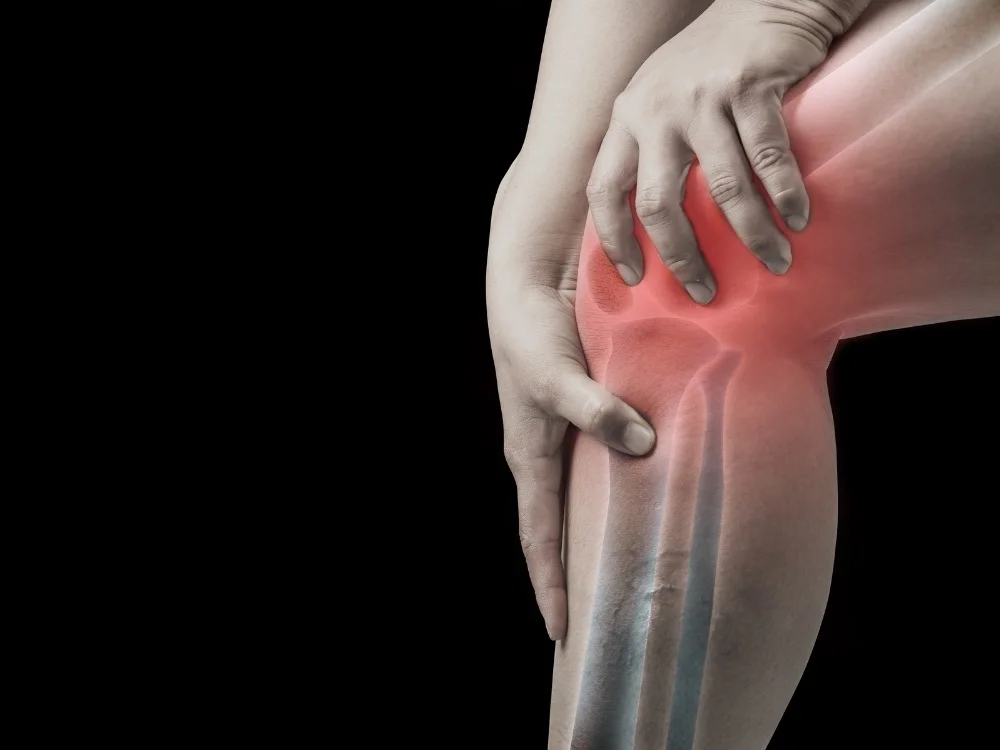
Medications
Medications are one option to help you manage your pain while your wrist is improving.
- Pain Relievers: Over-the-counter pain medications like ibuprofen or naproxen can help reduce pain and inflammation. If you have other health conditions (especially kidney, heart, or stomach problems), it’s better to stick to acetaminophen (tylenol).
- Corticosteroids: In more severe cases, your doctor might recommend a corticosteroid injection to reduce inflammation and pain. There are alternative injections available, which you can find information about in our service page.
Ready to Recover?
Take the first step in getting back to your normal self, and book an appointment with Dr. Mehta today.
We’re ready when you are!
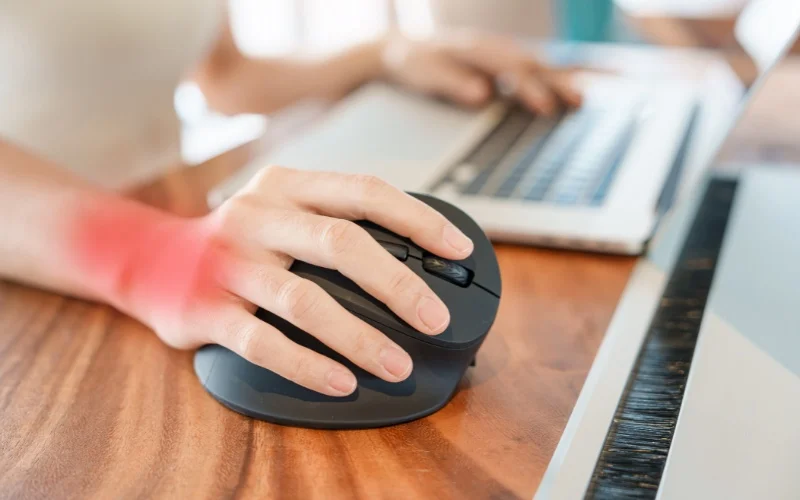
Activity Modification & Assistive Devices
- Ergonomic Adjustments: Making changes to your workspace or the way you perform tasks can reduce stress on your wrist.
- Activity Limitation: Temporarily limiting or avoiding activities that trigger symptoms is crucial.
- Wrist Braces or Splints: These can immobilize the wrist, allowing it to rest and heal.
Alternative Therapies
If you’d prefer to use alternative theries to help your wrist improve, here are a couple of options:
- Heat Therapy: Applying heat can be beneficial for easing stiffness.
- Acupuncture or Acupressure: Some find relief through these alternative treatments.
Beware that not all alternative therapies are evidence-based or effective. Check in with your hand doctor to see what might work best for you.
Surgery for Wrist Bursitis
While rarely needed, wrist surgery may be needed if other treatments aren’t working or your symptoms are severe. There are two main surgical options for wrist bursitis: drainage and removal.
Drainage, a minimally invasive procedure, involves inserting a needle to evacuate excess fluid, offering quick relief in some cases.
However, if the inflammation originates from a damaged or infected bursa, complete removal, called a bursectomy, might be necessary. This involves a small incision, careful extraction of the bursa, and meticulous closure.
While potentially offering permanent relief, surgery isn’t a magic wand. Recovery, involving immobilization and physical therapy, takes weeks. Risks like infection and nerve damage, though rare, exist.

Exercises for Wrist Bursitis
Regular exercise is as vital for your wrist as it is for your overall health, particularly when managing conditions like bursitis.
Incorporating gentle stretches and strength-building exercises can significantly benefit your wrist as a revitalizing daily routine.
Certain exercises can greatly aid in managing and relieving wrist bursitis. These exercises are designed to improve flexibility, increase strength, and reduce stiffness in the wrist.
However, it’s essential to consult with a healthcare professional before starting to ensure these exercises are suitable for your condition.
Here are some beneficial exercises:

- Flexion: Gently bend your wrist forward, holding for 5 seconds.
- Extension: Gently bend your wrist backward, holding for 5 seconds.
Perform 10 repetitions of each, ideally twice a day.
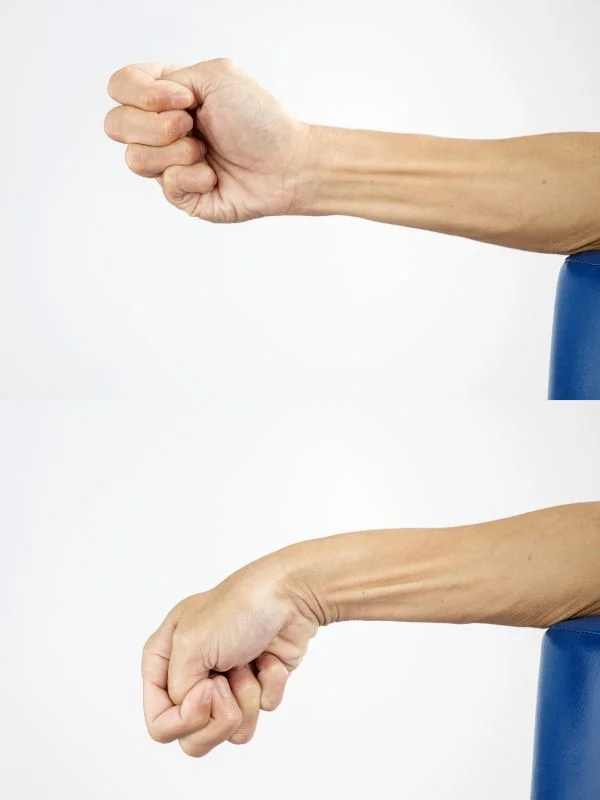
Slowly rotate your wrist clockwise. Repeat this counter clockwise.
Do 10 rotations in each direction, twice daily.
If this feels too easy, you can try to perform the same movement with an exercise band, holding it still with the non-affected side and turning over your hands.
Move your wrist from side to side, holding each side for a few seconds.
Repeat this movement 10 times in each direction.
- Start with your fingers extended straight out.
- Then, bend your fingers towards your palm and hold for a few seconds.
Straighten your fingers again, repeating this 10 times.
- Use a soft stress ball or therapeutic putty.
- Squeeze the ball or putty with your hand, hold for a few seconds, and release.
Repeat this 10-15 times.
- Place your palms together in front of your chest, elbows pointing out.
- Lower your hands towards your waistline, keeping palms together and elbows out, feeling a gentle stretch.
Hold this position for 10-15 seconds.
- Extend your arm in front of you with your palm facing down.
- Using your other hand, gently press down on the back of the affected hand to stretch the wrist and forearm.
Hold for 15-20 seconds, then release.

Remember, when it comes to these exercises, gentle is the name of the game! Don’t force your wrist into any moves that scream ‘ouch’. Regularly sprinkling these exercises into your day can keep your wrist nimble, cut down on stiffness, and keep your wrist in tip-top shape.
If you feel more than a slight stretch, pause, and consider chatting with a hand doctor.
Final Thoughts
-
Understand Wrist Bursitis:
It's the inflammation of bursa, small fluid-filled sacs in your wrist, leading to pain and discomfort, affecting your daily tasks. -
Seek Medical Advice:
A doctor can diagnose wrist bursitis accurately, often through physical exams and possibly imaging tests like X-rays or MRIs. -
Adopt Lifestyle Changes:
Modifying activities that exacerbate wrist pain, resting your wrist, and using ergonomic tools can significantly ease symptoms. -
Follow the RICE Protocol:
Rest, Ice, Compression, and Elevation are effective for reducing inflammation and managing pain. -
Consider Medications:
For inflammation and pain, your doctor may suggest over-the-counter pain relievers or prescription medications.
-
Physical Therapy:
A therapist can recommend specific exercises and stretches to strengthen the wrist and improve flexibility. -
Regular Exercise and Stretching:
Gentle, regular exercises, advised by a healthcare professional, help maintain joint mobility and prevent stiffness. -
Explore Advanced Treatments:
In severe cases, treatments like corticosteroid injections or surgery may be considered. -
Practice Preventive Measures:
Learn what triggers your symptoms and how to avoid these actions to prevent flare-ups.
By following these steps, you can effectively manage wrist bursitis, making daily activities pain-free.
Remember, it’s about informed care, proactive management, and applying recommended treatments consistently!
What Hand & Wrist Services Do We Offer?
Hand & Wrist Pain Assessment
We use our hands every day of our lives for some of the most important of life's activities. Hand and wrist pain can be debilitating, meaning you struggle to drive, write, and play sports.
Hand & Wrist Surgery
If your hand condition is severe, or nothing you have tried has helped, Dr. Mehta can advise you on the options for surgery. She is a hand surgeon and can offer expert opinion and care.
Treatment of Hand & Wrist Conditions
Carpal Tunnel Syndrome
Carpal Tunnel Syndrome causes pain and numbness in your hand, and sometimes requires surgery.
De Quervain's Tenosynovitis
De Quervain's Tenosynovitis causes swelling and pain at the base of your thumb.
Wrist Bursitis
Wrist bursitis can cause pain and stiffness if your wrist. Treatment is often non-surgical.
Trigger Finger
Dr. Mehta is experienced in trigger finger injection and release surgeries.
Dr. Mehta offers diagnosis and treatment of all hand & wrist conditions and can offer her specialist opinion as an expert hand doctor.
Call Us On 408-559-3888
or Send a Message


